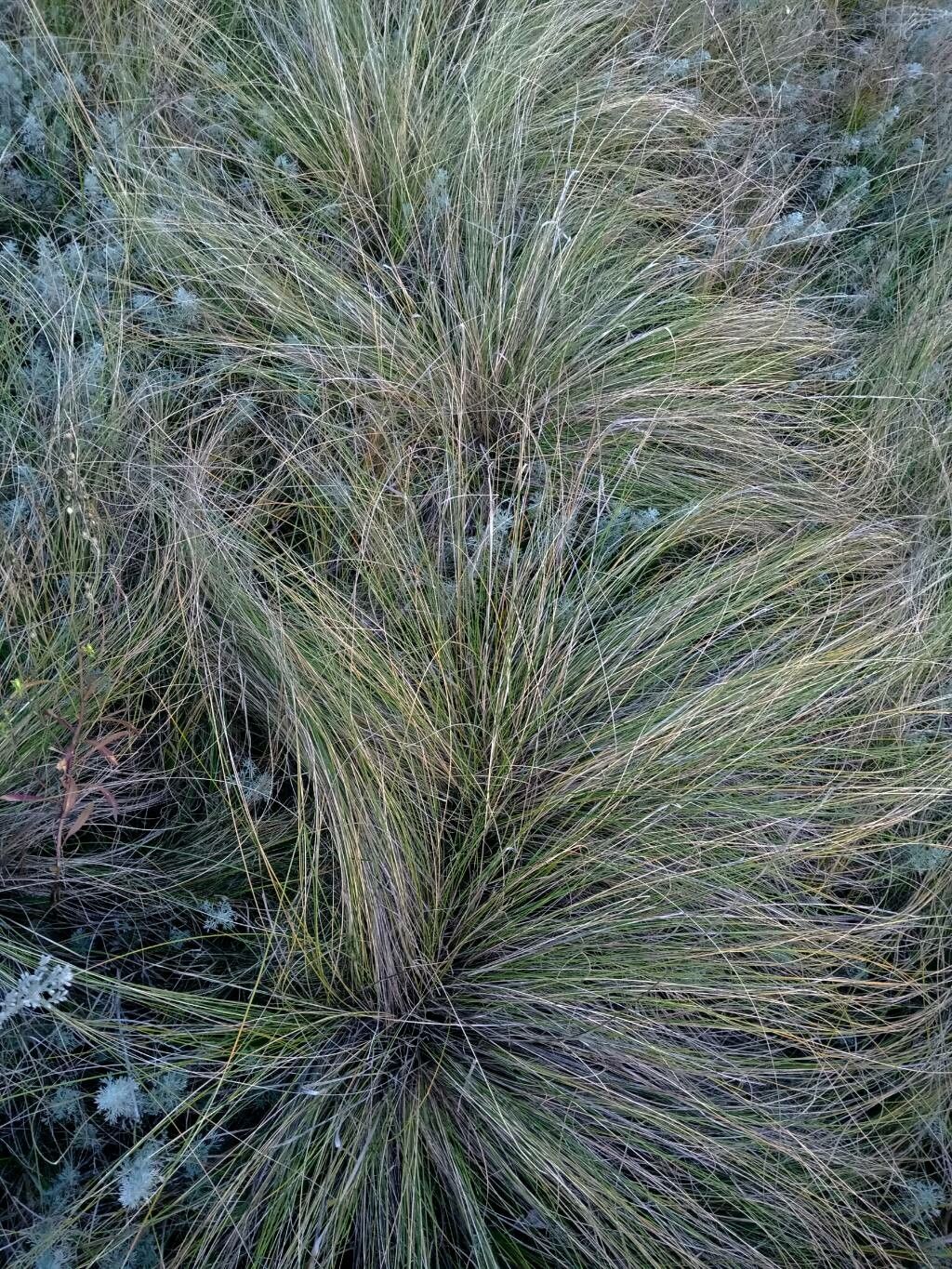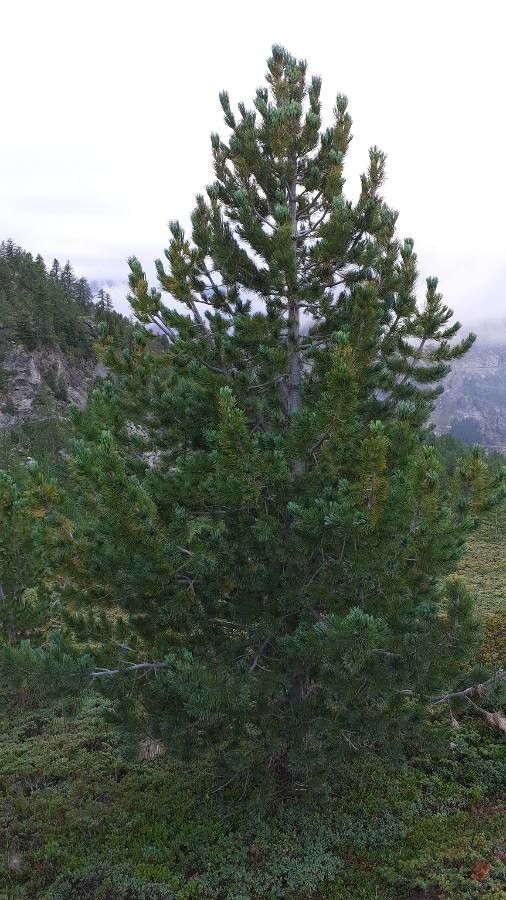# The Majestic Oriental Plane Tree: A Comprehensive Guide
The Oriental plane tree ( *Platanus orientalis*), a member of the Platanaceae family, is a magnificent specimen known for its striking appearance and impressive size. Native to the Balkans, Western Asia, and parts of India, this deciduous tree boasts a broad, spreading crown and uniquely patterned bark, making it a prized addition to any large garden or landscape. This guide will provide you with essential information on growing and caring for this iconic tree.
### Habitat and Growth
In its native habitat, the Oriental plane thrives in riparian zones, along riverbanks, and in valleys where it enjoys moist, fertile soils. It’s highly adaptable, however, and can tolerate a variety of conditions, including dry spells once established. It prefers full sun but can tolerate partial shade. Growth is relatively rapid, especially in youth, with mature specimens reaching heights of 30 meters or more and developing a substantial spread.
### Distinguishing Features
The Oriental plane tree is easily recognized by its characteristic bark, which sheds in large, irregular patches to reveal a mottled pattern of creamy beige, light brown, and greenish hues. Its leaves are large, palmate, and deeply lobed, with 5-7 lobes, and unlike the American sycamore (*Platanus occidentalis*), they usually have a more pointed tip. In autumn, they turn a vibrant yellow-brown before falling.
### Planting and Care
**Planting:** Select a location with ample space for the tree to mature. Plant the sapling in well-drained soil, ensuring the root ball is properly positioned. Water deeply after planting and regularly during the first growing season.
**Watering:** While established trees are drought-tolerant, regular watering, especially during dry spells and the first few years after planting, is crucial for healthy growth. Deep, infrequent watering is preferable to shallow, frequent watering.
**Soil Needs:** The Oriental plane tree prefers fertile, moist, and well-drained soil. Amend heavy clay soils with organic matter to improve drainage. It tolerates a range of soil pH levels.
**Sun Exposure:** The Oriental plane tree thrives in full sun but can tolerate some partial shade, especially in hotter climates.
**Pruning:** Pruning is generally not required for the Oriental plane tree, except to remove dead or damaged branches. It’s best to prune in late winter or early spring before new growth begins.
### Pests and Diseases
While generally resistant to pests and diseases, the Oriental plane tree can occasionally be affected by anthracnose, a fungal disease that can cause leaf spots and blight. Proper spacing and good air circulation can help minimize the risk of fungal infections. Regular inspection for signs of pests or diseases is recommended.
### Propagation
The Oriental plane tree can be propagated from seeds or cuttings. Seed propagation is relatively straightforward, while cuttings require more skill and attention to detail.
### Conclusion
The Oriental plane tree is a truly magnificent tree, offering beauty, shade, and a unique character to any landscape. With proper planting and care, this long-lived specimen will provide years of enjoyment for generations to come. Its historical significance and aesthetic appeal make it a worthwhile investment for any homeowner or landscape professional seeking a truly iconic and impressive addition to their property.
Oriental Plane Tree: Planting, Care & Guide

Frequently Asked Questions
How to care for an Oriental plane tree?
Provide ample space, well-drained soil, regular watering (especially when young), and full sun. Pruning is minimal, mainly to remove dead or damaged branches. Monitor for potential diseases like anthracnose.
What are the best growing conditions for an Oriental plane tree?
Oriental plane trees prefer full sun, moist, well-drained, fertile soil. While adaptable, ensuring proper drainage is crucial. They thrive in areas with moderate rainfall but can tolerate some drought once established.


